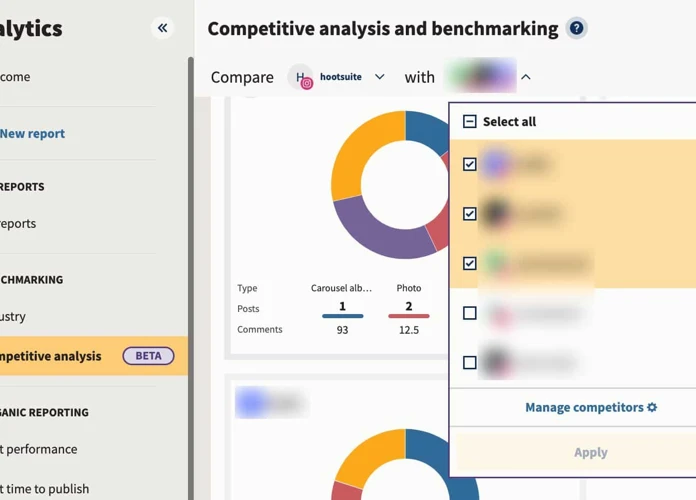In today’s digital landscape, creating engaging and impactful content is crucial for any business or individual looking to reach and connect with their target audience. However, producing content is just one piece of the puzzle. To truly maximize the effectiveness of your content and ensure it resonates with your audience, you need to utilize analytics for content optimization and audience growth.
The Power of Analytics in Content Optimization
Analytics play a key role in understanding how your audience interacts with your content. By analyzing data such as page views, bounce rates, time on page, and conversion rates, you can gain valuable insights into what is working well and what can be improved in your content strategy.
Identifying Key Metrics for Content Performance
When it comes to content optimization, it’s essential to identify the key metrics that matter most to your goals. Whether it’s increasing website traffic, generating leads, or boosting brand awareness, tracking the right metrics will help you gauge the success of your content efforts.
Page Views and Engagement
Page views can give you a general idea of how many people are viewing your content, while metrics like bounce rate and time on page can provide insights into how engaging your content is. By analyzing these metrics, you can determine which pieces of content are resonating with your audience and which ones may need improvement.
Conversion Rates and Goal Completion
Conversions are the ultimate goal for many content creators, whether it’s signing up for a newsletter, making a purchase, or filling out a contact form. By tracking conversion rates and goal completion, you can see how well your content is driving action and adjust your strategy accordingly.
Optimizing Content for Search Engines
Search engine optimization (SEO) is another crucial aspect of content optimization. By using analytics tools to track keyword performance, backlink data, and organic traffic, you can improve your content’s visibility in search engine results pages and attract more organic traffic to your website.
Keyword Analysis and Performance
Keywords are the building blocks of SEO, and analyzing keyword performance can help you understand which terms are driving traffic to your site and which ones may need optimization. By incorporating high-performing keywords into your content strategy, you can improve your search engine rankings and attract more organic visitors.
Backlink Monitoring and Analysis
Backlinks are an essential part of a strong SEO strategy, as they signal to search engines that your content is authoritative and trustworthy. By monitoring backlink data and analyzing the quality of your backlinks, you can identify opportunities to build more links and improve your content’s search engine visibility.
Organic Traffic Growth
Organic traffic is traffic that comes to your website through unpaid search results. By tracking organic traffic growth using analytics tools, you can measure the effectiveness of your SEO efforts and identify areas for improvement to attract more organic visitors to your site.
Understanding Audience Behavior and Preferences
Analytics not only help in optimizing content for search engines but also in understanding your audience’s behavior and preferences. By analyzing data such as demographics, interests, and devices used, you can tailor your content to better resonate with your target audience.
Personalizing Content for Enhanced Engagement

Personalization is a powerful way to increase engagement and connect with your audience on a deeper level. By leveraging analytics data to create personalized content recommendations, email campaigns, and website experiences, you can drive higher levels of engagement and loyalty among your audience.
Utilizing A/B Testing for Content Optimization
A/B testing is a valuable technique for testing different variations of your content to see which performs better with your audience. By using analytics to track A/B test results, you can make data-driven decisions about which elements of your content to optimize for maximum impact.
Monitoring and Iterating for Continuous Improvement
Content optimization is an ongoing process that requires constant monitoring and iteration. By regularly analyzing analytics data, monitoring key performance indicators, and making adjustments based on insights gained, you can continuously improve your content strategy and drive sustainable audience growth.
Conclusion
Utilizing analytics for content optimization and audience growth is essential in today’s competitive digital landscape. By leveraging data-driven insights to optimize your content, understand audience behavior, and personalize experiences, you can create more engaging and impactful content that resonates with your target audience and drives sustainable growth for your business or brand.